Contents
- 1 What is a rigid-flex PCB?
- 2 Rigid-flex PCB conventional application
- 3 How do Rigid-flex PCB Manufacturers Work?
- 4 Factors to consider when choosing Rigid-flex PCB Manufacturers
- 4.1 Experience and expertise
- 4.2 The function of PCB with UL 94 V-0 flame retardant rating
- 4.3 Impedance requirements
- 4.4 Ability to meet production needs
- 4.5 Ability to offer a one-stop service
- 4.6 Reliable after-sales services
- 4.7 Factory ownership
- 4.8 Ability to meet large productions
- 4.9 Possession of qualified test procedures
- 5 Production costs: How much can you accept?
- 6 More about Rigid-flex PCB Manufacturers in China
- 7 Choose the right Rigid-flex PCB manufacturers based on your production situation.
- 8 How to place an order?
- 9 Summary
What is a rigid-flex PCB?
Rigid-flex PCBs are boards whose design is to provide solutions while acting as perfect replacements for rigid PCBs. Just as the name suggests, rigid-flex PCBs are a hybrid of rigid and flexible circuits. Rigid-flex PCBs exhibit the elements that accompany both flexible and rigid printed circuit boards. These boards are flexible at some points on the board and rigid at others.
Most rigid-flex PCBs consist of several layers of flexible circuit substrates with an attachment to rigid boards, either internally or externally.
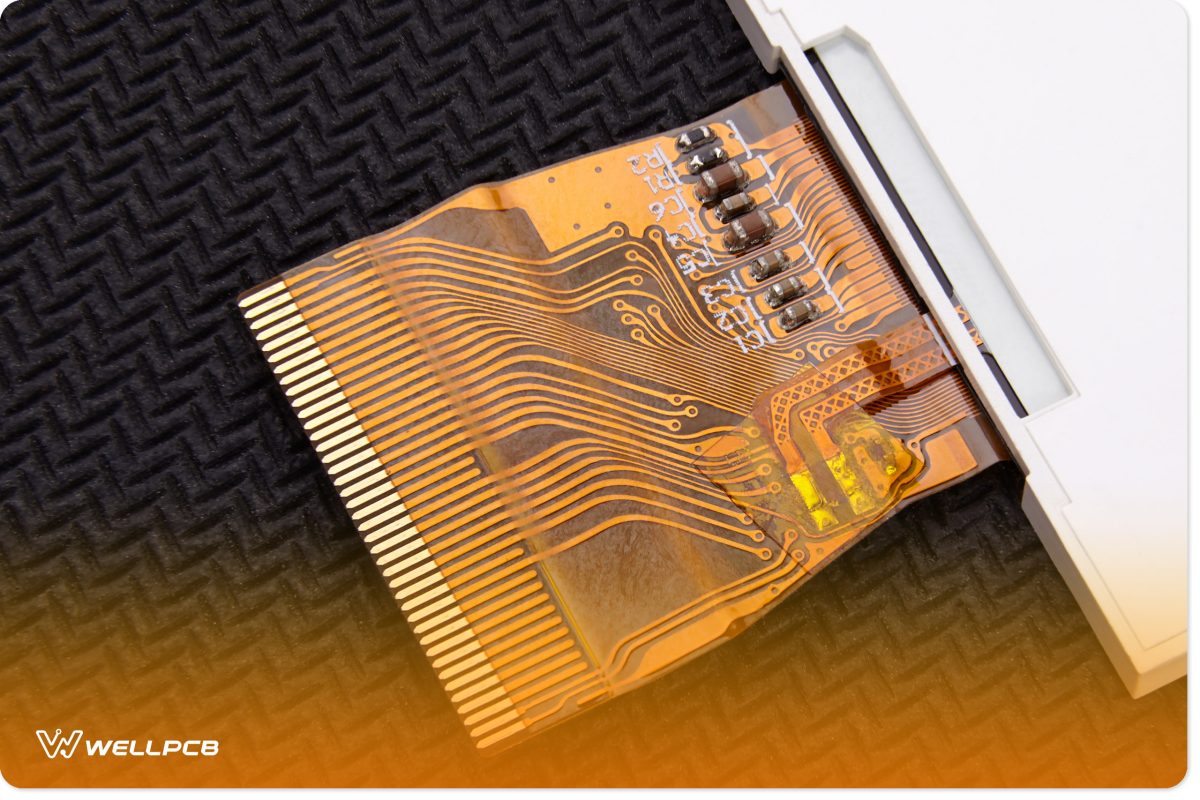
(A close image of a rigid-flex PCB)
Rigid-flex PCB conventional application
Environment
Rigid-flex printed circuit boards offer a wide range of applications that range from cell phones to smart devices and digital cameras, to mention but a few.
Increasingly, rigid-flex printed circuit boards are witnessing increased uses. Areas where rigid-flex find heavy use include:
High vibration environment
Rigid-flexible printed circuit boards are highly shock-resistant. It means that they have the possibility of surviving in some of the most demanding and high-stress environments.
High-stress settings can cause damage to the equipment quite easily. But to avoid or minimize such, the use of rigid-flex is necessary.
Looking around, you’ll notice that rigid-flex PCBs find heavy use in high-vibration environments such as drilling and highway paving.
High impact environment
Rigid-flexible printed circuit boards can stand up to great forces quite easily. If you happen to subject these boards to high-impact environmental conditions, you don’t need to worry.
They can easily stand up and offer the expected results even under some of the most demanding requirements.
Advantages
Even though the design of rigid-flex PCBs is somewhat challenging, in the end, they come with several notable advantages worth noting. The following are some of the benefits of rigid-flex PCBs.
Ultra-light packaging
Rigid-flex printed circuit boards are perfect, mainly due to their packaging.
These boards are very suitable for ultra-light packaging environments; rigid-flex printed circuit boards are not bulky or bulky.
They perfectly fit into that class where ultra-light packaging is a necessity.
Rigid-flexible printed circuit boards are somewhat of a freedom when it comes to packaging.
The ability to have these boards fit into small packages is perhaps another advantage of rigid-flex PCBs.
Lower the cost
Are you a PCB designer who’s somewhat mindful about production costs? If that’s the case, then there’s no need to worry as such. Rigid-flex PCBs are not expensive to manufacture.
Their production costs are low, compared to flexible and rigid printed circuit boards; rigid-flex printed circuit boards require fewer related components and interconnectors.
It, therefore, helps to simplify assembly operations processes and makes the assembly somewhat cheaper.
Other advantages include
- It gives the manufacturers the flexibility of manufacturing the boards to fit into the device, as opposed to making a device considering the boards’ specifications.
- Rigid-flex PCBs can perfectly fit into small areas, an aspect that contributes significantly to product miniaturization. You can easily bend or fold them to fit into small devices perfectly.
- You can design them without solder joints, contact crimps, or connectors. Therefore, they are reliable when subjected to demanding applications or environments.
- Rigid-flex can withstand high-temperature extremes. The reason for such is that they have outstanding thermal stability. This superior feature enhances the use of rigid-flex PCBs in defense and military applications.
- Rigid-flex PCBs exhibit outstanding resistance to UV, harsh chemicals, radiation exposures, and oils.
- They can withstand vibrations, shock, and several aggressive industrial conditions.
- Their design makes it easy to surface-mount components on both sides.
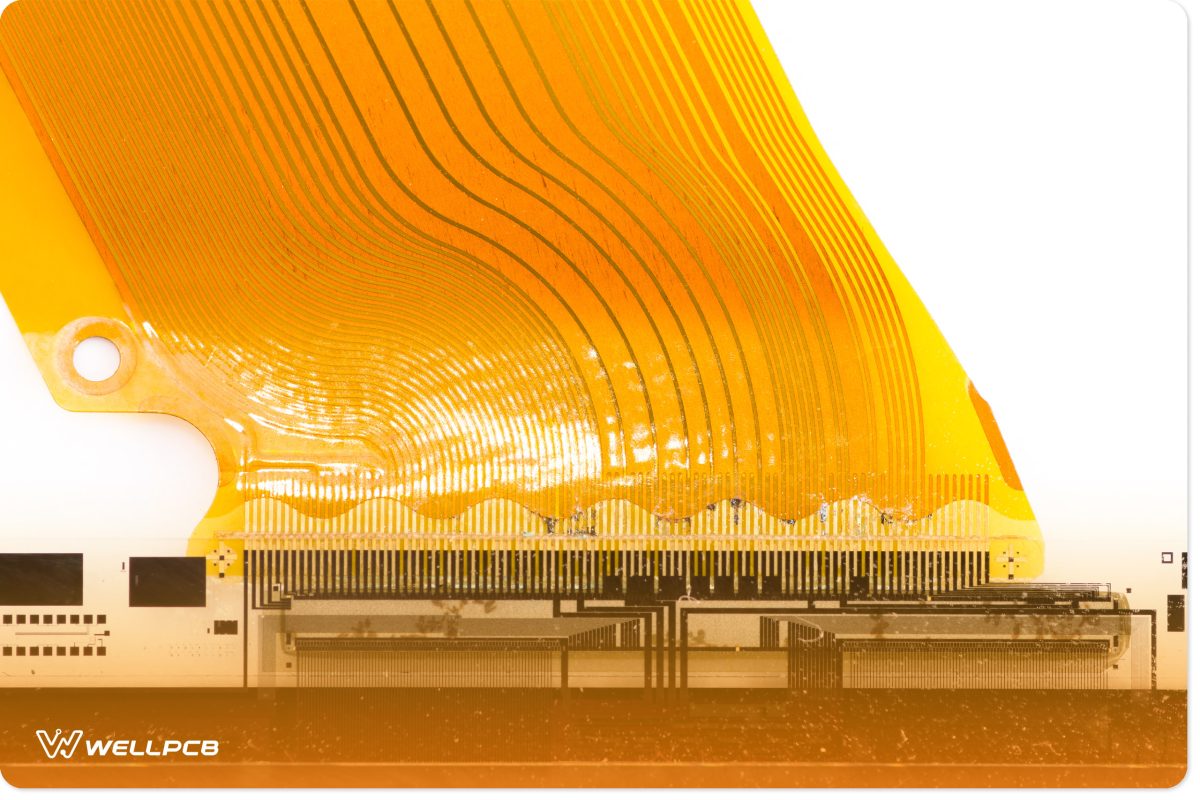
(A rigid-flex PCB connected to an LCD)
How do Rigid-flex PCB Manufacturers Work?
The production process of rigid-flex PCBs can be laborious and time-consuming, unlike conventional PCBs.
It involves several detailed and essential steps that manufacturers need to undertake with extreme accuracy.
Even the slightest error in one of the steps may end up ruining everything. The following are some production steps/processes of rigid-flex PCBs:
Step 1: Material Preparation
If you want to design the perfect rigid-flex PCB, then the first thing that you must consider is material preparation.
If your material selection is low, then rest assured of rigid-flex PCBs that won’t function properly. Make a list of all the materials that you need.
Step 2: Drilling
Drilling is the next step after the etching of the circuit pattern. Here, you need to drill the required number of pads, holes, and vias.
When shooting, manufacturers use high-speed prospecting tools to make precision holes. Many rigid-flex PCB makers use laser drilling techniques to create ultra-small holes on their PCBs.
Step 3: Through-hole plating
Through-hole plating soon follows drilling. Of importance to note is that a through-hole plate requires extreme care and precision.
Through-hole plating involves careful drilling of holes and filling them with copper. Copper ensures excellent electrical interconnection on the circuit board.
Step 4: Cover layer
The application cover layer or cover coat comes after through-hole plating. It’s essential to protect the top and the bottom side of the board.
PCB manufacturers achieve such by applying a cover layer on the board; cover layers ensure the board’s protection from harsh chemicals, solvents, or extreme environments.
Manufacturers employ a screen-printing process to imprint the cover layer material onto the PCB.
Step 5: Etching circuit pattern
After this screen printing stage, you can begin etching the circuit pattern. Etching the copper laminate follows screen printing.
Rigid-flex PCB makers either dip the laminate inside an etch bath or spray it using an etchant solution. Manufacturers do this on both sides of the board.
Step 6: Screen printing
The next steps will be more professional, and we need professional equipment to operate. After we select the material, we will screen print soon.
Screen printing is a popular technique that can generate the required patterns. Through screen printing, these patterns find themselves directly on the surface of the laminate.
The standard total thickness shouldn’t be more than 50 microns.
Step 7: Removal of excess material
Congratulations! We will proceed to the final step right away. After applying the cover layer, the circuit is almost ready for use.
However, you may have to remove any excess material on the rigid-flex board. Excess material could include flux or solder paste. Extra material on the board may affect the functionality of the board.
Step 8: Testing and verification
The final step of rigid-flex PCB manufacture involves electrical testing and verification. Here, the boards must undergo some of the most stringent electrical testing.
Such tests confirm much, such as the quality of the boards. They establish whether the panels will be able to perform or not.
Of importance to note is that there are several types of test methods. Some of the common ones include the flying probe test and the grid method.
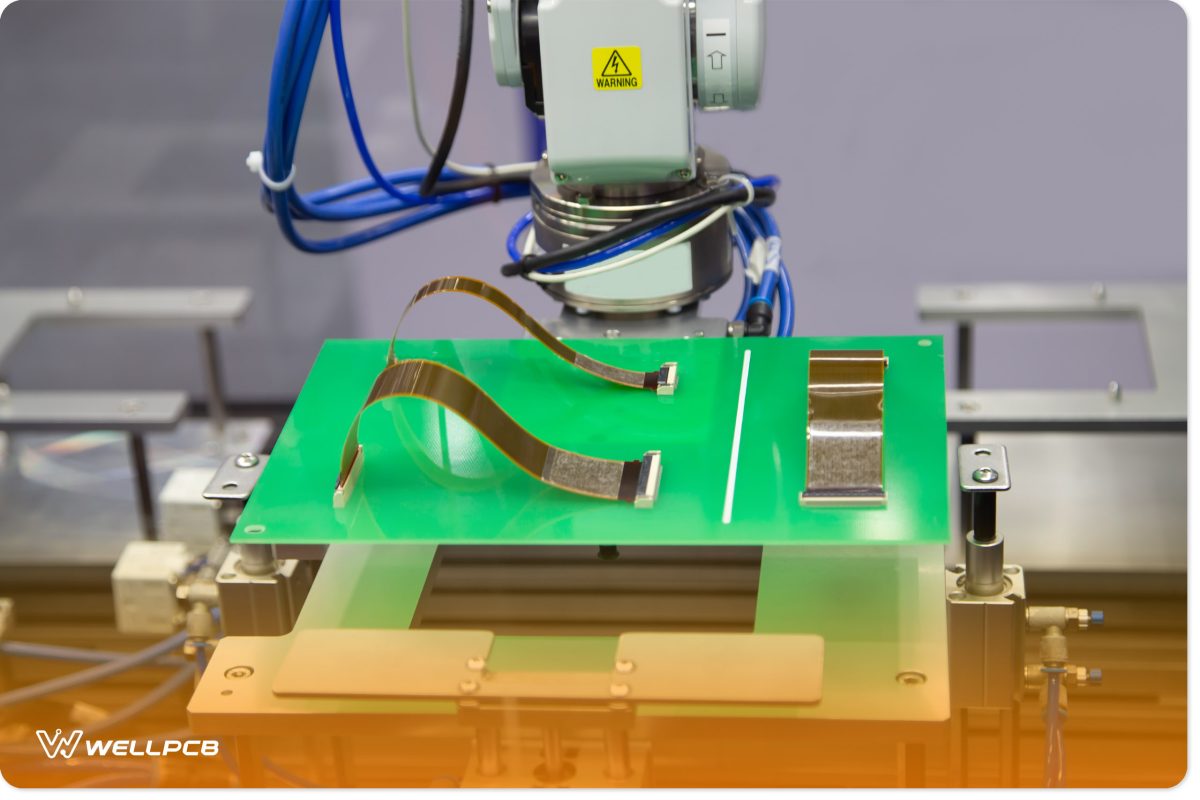
(Assembly process of a rigid-flex PCB)
Factors to consider when choosing Rigid-flex PCB Manufacturers
Experience and expertise
Are you in the market for rigid-flex PCB manufacturers? If so, then you need to work with experienced ones in the market.
The manufacture of high-end rigid-flex PCBs calls for some of the most experienced producers in the market. With experience and knowledge, you get the assurance of high-quality rigid PCBs.
The function of PCB with UL 94 V-0 flame retardant rating
When choosing a rigid-flex PCB manufacturer, you need to be sure that they manufacture boards with UL 94 V-0 ratings.
Such ratings are essential, especially for PCBs meant for industrial and medical use. It’s also suitable for those whose insurance carriers demand UL certifications as one of the coverage conditions.
Impedance requirements
Manufacturing and modeling of impedance-controlled circuits, especially on rigid-flex boards, is a demanding task.
It’s more tasking than doing so on rigid or flexible panels. If you happen to be on the hunt for a rigid-flex manufacturer, make sure that their boards meet the required impedance requirements.
Always ensure that you work with a supplier who’s able to test your boards at the end of manufacture.
Ensure that the manufacturer tests your panels to ensure that they match the impedance requirements you need.
Ability to meet production needs
The ability to meet your production needs is crucial when looking for a rigid-flex PCB manufacturer. How many batches of PCBs do you want?
At all times, you need to make a partnership with a manufacturer with the ability to provide you with your production needs. If they can’t, then there’s no harm in looking elsewhere.
Ability to offer a one-stop service
When looking for a rigid-flex PCB manufacturer, ensure that you work with those that offer one-stop services.
Why waste your valuable time seeking services from one rigid-flex PCB maker to the next? If you choose this path, you may incur more costs.
If you are on the hunt for a rigid-flex producer, choose those that offer one-stop services. These are fast and convenient.
Reliable after-sales services
After-sales services help in improving a company’s long-term brand loyalty and image. Offering after-sales services is highly important.
It can help a company convince customers to trust the company and buy their goods for the second time.
The ability to provide reliable after-sales services is something you need to consider when selecting a rigid PCB manufacturer.
Factory ownership
When looking for the best rigid-flex PCBs, you need to ensure that you work with a firm that owns the factory’s full ownership.
A firm that has its factory guarantees you shorter lead times. Additionally, you stand a chance of getting bespoke products and having them at discounted prices.
It would be expensive on your end if you attempt to seek rigid PCB production services from more than one company.
Ability to meet large productions
The ability to meet mass production is another factor you need to consider when hunting for a rigid-flex PCB maker.
Can they complete large orders within the shortest time possible? Besides, can they produce what you want without compromising on matters to do with quality?
If the manufacturer can do so, it is advisable to work with them.
Possession of qualified test procedures
Lastly, when looking for rigid-flex PCB manufacturers, you need to ensure that they possess qualified test procedures.
Do they subject your boards to the highest industry standards? You need to source your rigid-flex PCBs from those who put them under intensive tests.
That way, you get the assurance of high-quality PCBs that will function without some disappointments.
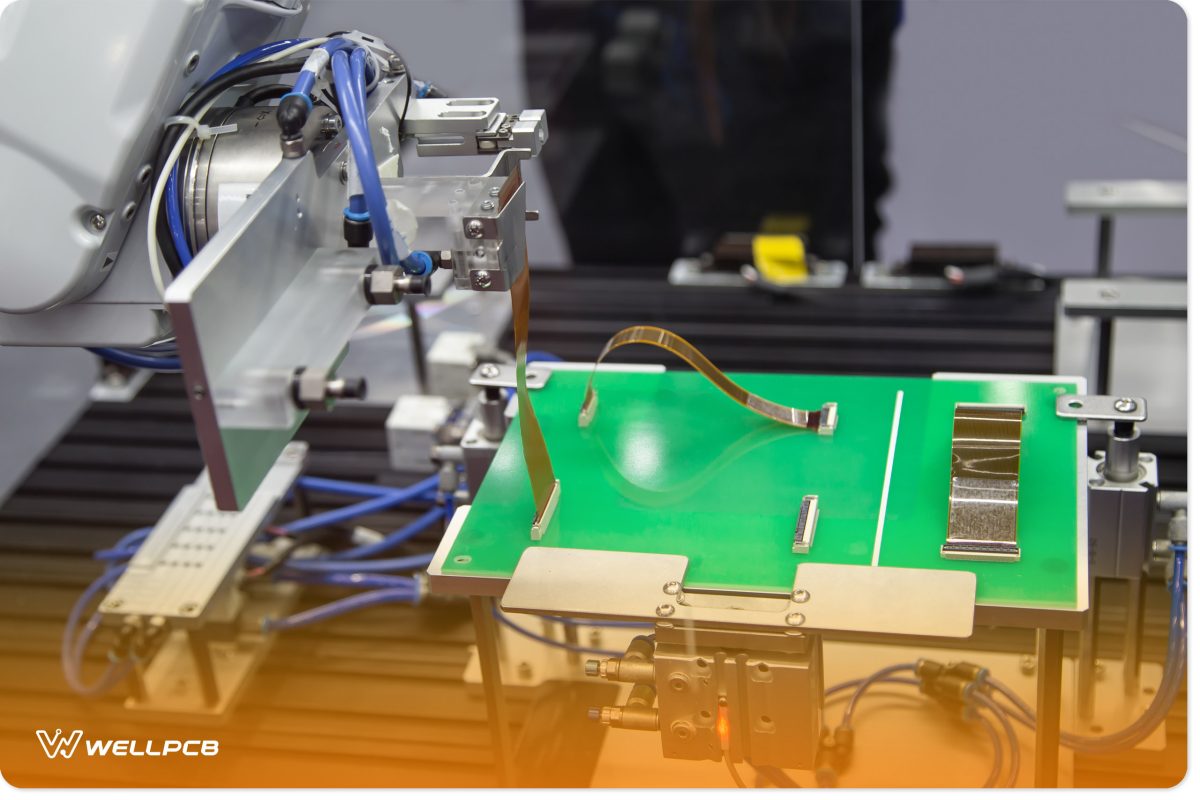
(Manufacturing process of high-quality rigid-flex PCBs)
Production costs: How much can you accept?
Manufacturing rigid-flex PCBs is quite expensive. Rigid-flex printed circuit boards are more than five times more costly to manufacture than rigid PCBs.
Rigid-flex printed circuit boards require common materials as opposed to those you’d find wooden and fixed panels.
Before requesting the full manufacture of your printed circuit boards, you need to consider the production costs.
How much are you willing to accept in terms of production costs? The costs from design to manufacturing your rigid PCBs matter.
Rigid-flex PCBs undergo their manufacturing in separate components before their assembly to become a final board.
Such comes with complexity and additional processing steps, which increases the costs.
Before you go ahead with your rigid-flex PCBs manufacture, you need to ensure that you factor in the cost factor.
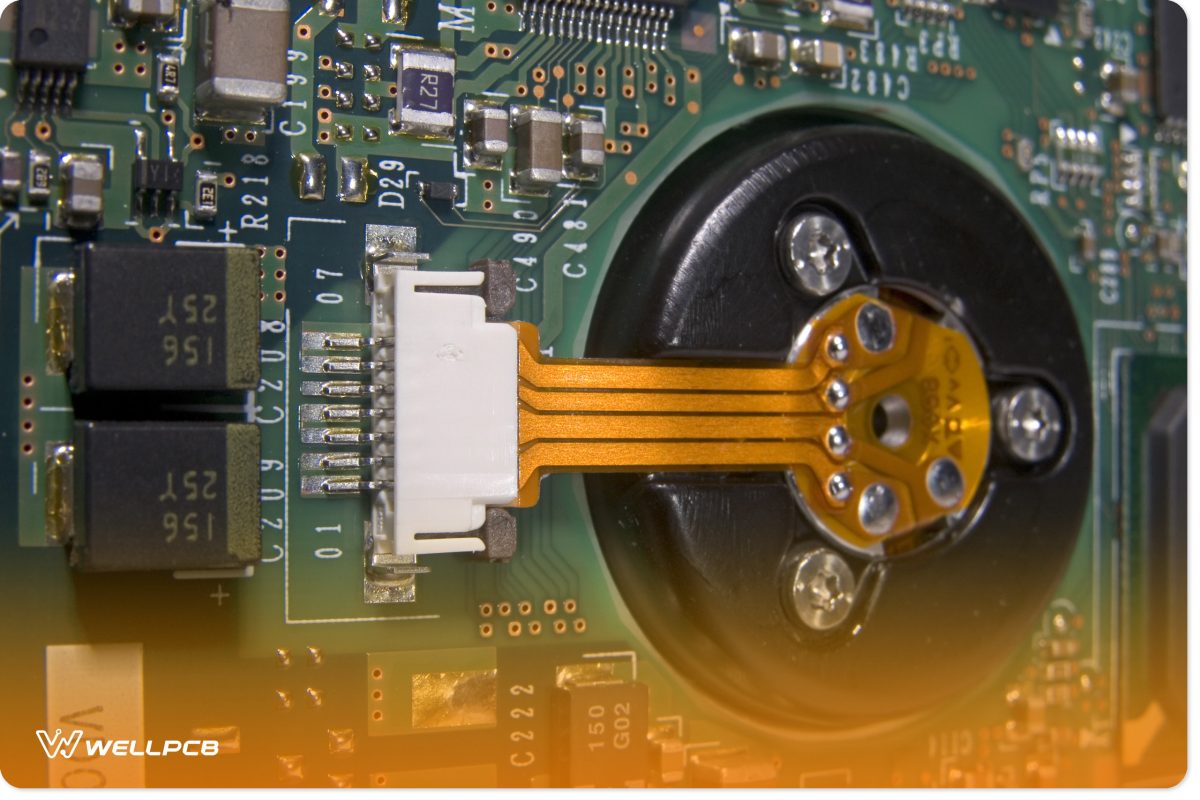
(An exact representation of a rigid-flex PCB)
More about Rigid-flex PCB Manufacturers in China
There are plenty of reasons you may want to source or collaborate with rigid-flex PCB manufacturers from China.
The following are some of the reasons why you may need to source PCB manufactured from China:
Product quality assurance
Rigid-flex Chinese PCB manufacturers are some of the best in the globe. But why, you may ask. Chinese rigid-flex PCB makers are high in demand as they insist on quality.
When you want high-quality rigid-flex printed circuit boards, then look no further than Chinese suppliers. Most of their rigid-flex PCBs are long-lasting.
If you source your rigid-flex PCBs from China, rest assured of some good service for quite some time.
Production cost advantage
Do you happen to be on a budget? Do you want high-quality but affordable rigid-flex PCBs? If that’s the case, then you can source your rigid-flex PCBs from Chinese manufacturers.
When it comes to costs, Chinese manufacturers offer some of the most competitive prices. Most of their production costs are low, compared to others. Therefore, it means that you’ll get such PCBs slightly cheaper.
The coronavirus has changed how people do business. Even though it is a global pandemic, China has always been steadfast in ensuring it minimizes the disease’s spread and ensures economic growth is maintained.
At present, the problem we need to face is that manufacturers still need to control proliferation by ensuring people can work at home.
Only the team responsible for the manufacture and distribution of the rigid-flex circuit boards reports to work.
By doing so, it ensures the manufacture of high-quality rigid-flex panels even during the pandemic.
While other companies in other countries seem heavily influenced by pandemics, Chinese manufacturers continue to thrive.

(A Chinese engineer working on rigid-flex PCB assembly)
Choose the right Rigid-flex PCB manufacturers based on your production situation.
There are plenty of rigid-flex PCB manufacturers in China. Finding one that can offer quick-turn services is crucial here.
There are many options for us. However, finding the best rigid-flex PCB makers depends on your production situation.
How large or small is your production situation? Do you want many rigid-flex PCBs?
Depending on your production situation, you may have to find the best rigid-flex PCB manufacturer to suit your needs.
Some can handle your orders within the shortest time possible. Others will take too long before delivering your orders.
You need to shop around to find the best, depending on your production situation.
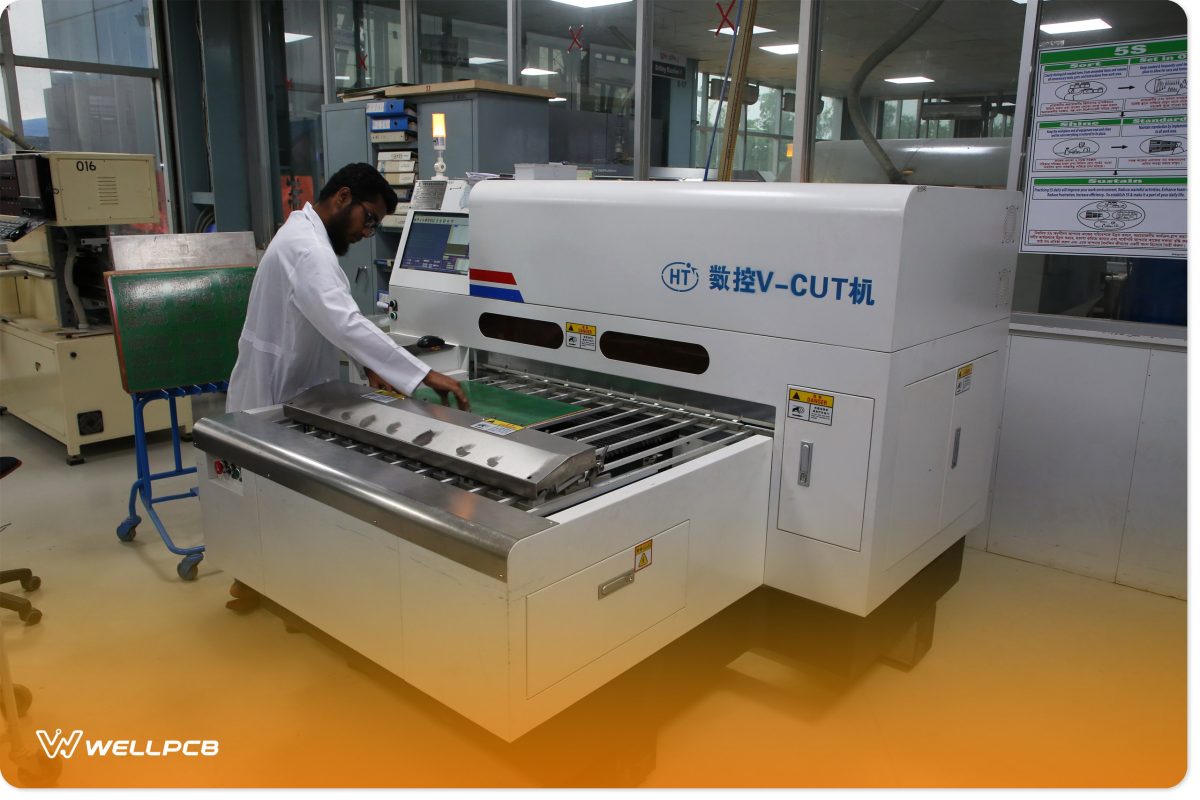
(An engineer working on large-scale rigid-flex PCB production)
How to place an order?
Placing an order for your rigid-flex PCB should be easy. Do you want your rigid-flex PCBs delivered within the shortest time possible? If that’s the case, then you need to do the following:
Prepare your production documents.
The first thing that you need to do before placing your order is to prepare the production documents. How many rigid-flex PCBs do you want?
You need to guide the sizes you wish, shape, color, and material type. By preparing your production documents, you ensure that you get what you want.
Contact reliable manufacturer personnel
Establishing contacts with a reliable manufacturer is also important. You need to find the contacts of some well-known people in the industry to use it.
Look for those that are most reliable.
Conduct field trips – it may help conduct field trips to establish the best manufacturers in the industry. Even though field trips may be tiresome and time-consuming, in the end, it’s helpful.
You’ll be able to personally see for yourself the best and the worst names in the industry.
Online ordering
The online ordering of PCBs is perhaps the fastest and most convenient way of placing your orders.
All you have to do is go online, search for the best suppliers, and then place your order. Many people prefer online ordering since it’s fast.
You are maintaining communication with your sales.
Before making the next order, you need to maintain communication with your sales department. This way, you’ll know when to order and when not to call.
The sales department will provide you with information on how the products are moving.
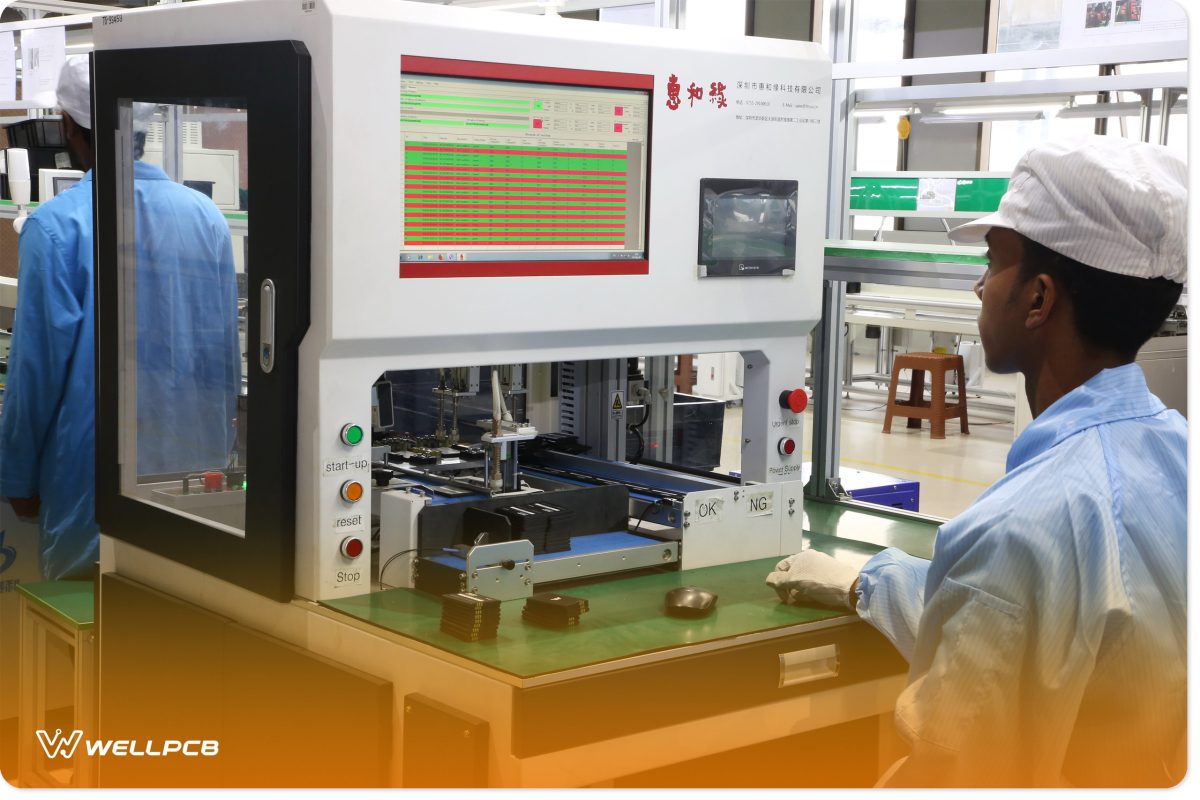
(A rigid-flex supplier examining order requirements)
Summary
Are you on the hunt for a reliable rigid-flex PCB manufacturer? Are they experienced and can deliver your PCBs within the shortest time possible?
We are experienced and can offer you hands-on assistance with rigid-flex PCBs if you need them.
Our turnaround times are relatively fast, and our rigid-flex PCBs are among the best in the field.
Contact us today so that we can discuss more rigid-flex PCB production with you.





